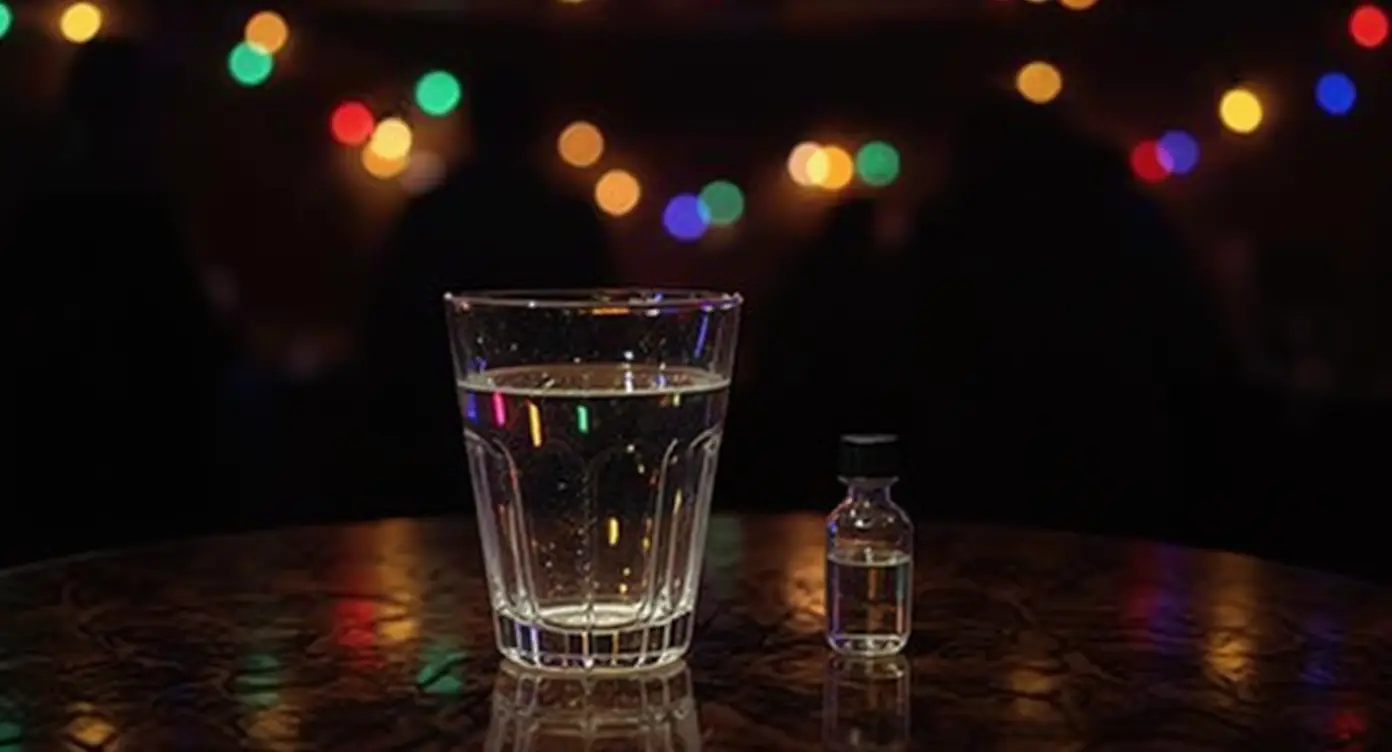GHB (gamma-hydroxybutyrate) is a central nervous system depressant that can produce feelings of relaxation, euphoria, and drowsiness. It is sometimes used as a club drug, and has also been misused in drug-facilitated assaults due to its ability to impair memory and consciousness.
GHB typically appears as a clear, odorless liquid or a white powder that is dissolved in drinks. It has a salty or soapy taste and can act within 15 to 30 minutes, with effects lasting several hours.
Even small amounts of GHB can lead to nausea, unconsciousness, slowed breathing, or seizures. It is extremely dangerous when mixed with alcohol, and overdoses can be fatal.

🧠 Related Terms
👉 Learn more about prevention:
Narconon Europe – Drug Abuse Help
👉 For more educational content, see our Drug Education & Prevention Materials
❓Frequently Asked Questions about GHB
1. What is GHB used for?
It has limited medical use for narcolepsy but is mostly misused for its sedative and euphoric effects.
2. Why is GHB dangerous?
It can cause blackouts, respiratory failure, or death—especially when mixed with alcohol.
3. What does it look like?
Usually a colorless liquid in small bottles or vials, or as a white powder that dissolves in drinks.
4. Can someone take it without knowing?
Yes, it is often slipped into drinks because it is tasteless and acts quickly.
5. How can someone avoid GHB?
Never leave drinks unattended, don’t accept open drinks, and be cautious in party environments.
